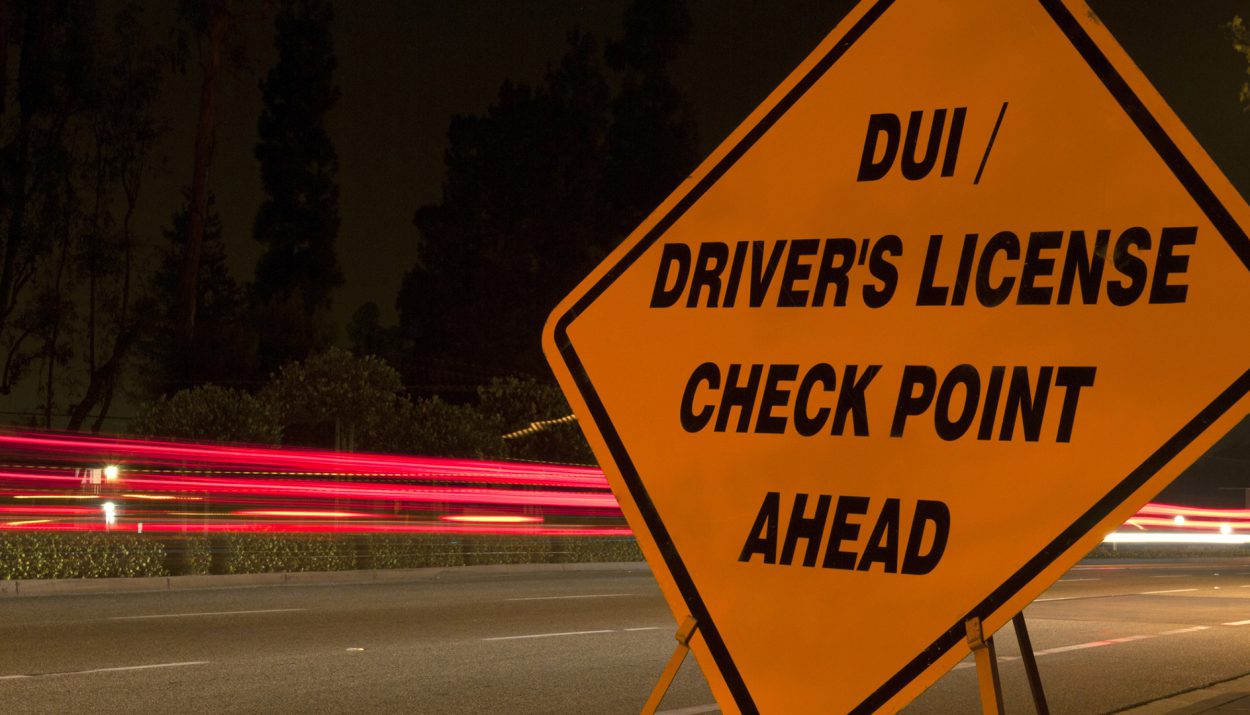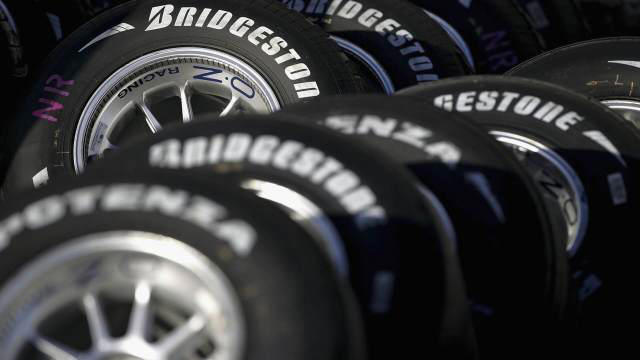With the number of fatalities and accidents happening on the roads daily on the rise, Connecticut has become the latest to join a recent trend of states opting to reduce the legal allowable alcohol limit that is permissible in a driver’s bloodstream.
Campaigners want the blood alcohol content (BAC) limit to be reduced from 0.08 to 0.05 as the number of fatalities that occur due to drink-driving incidents continues to increase.
Decrease Driver’s Blood Alcohol Limits, Federal Lawmakers Told
And they’re not alone in this pursuit, federal lawmakers are being advised to decrease the blood alcohol limit for drivers under a possible new bill that seeks to stunt the rising trend in drunk-driving deaths.
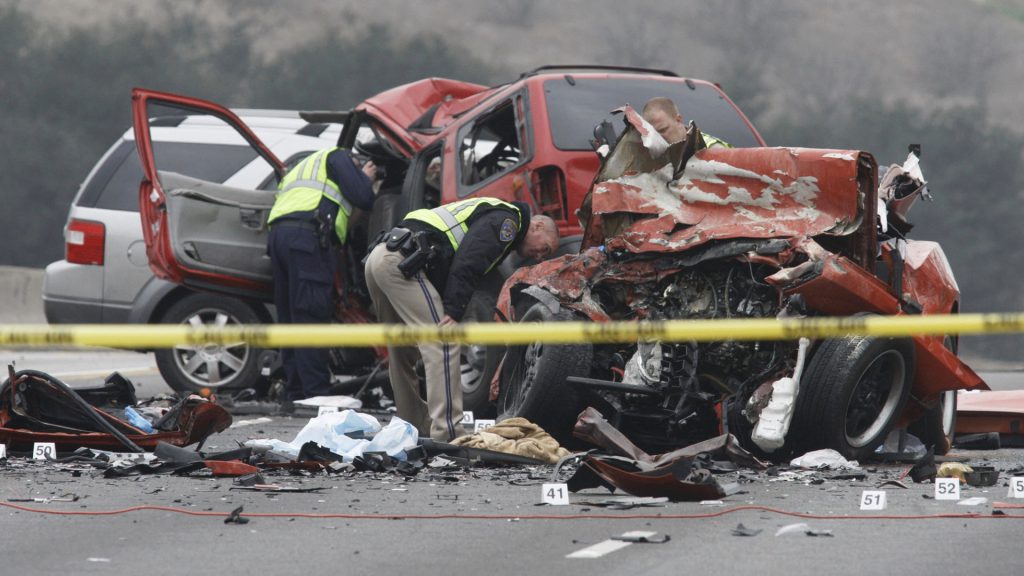
According to the National Highway Traffic Safety Administration, about 37 people die every day in accidents because of alcohol intoxication. To put that into perspective, that figure translates to about one person every 39 minutes.
Lowering Alcohol Limits Could Decrease Drink Driving Deaths
According to the latest figures, in 2022, there were 13,524 deaths due to drunk driving, which is 14 percent higher than the previous year. Advocates of a new law are of the opinion that lowering the alcohol limit could help decrease the number of deaths caused by drunk driving.
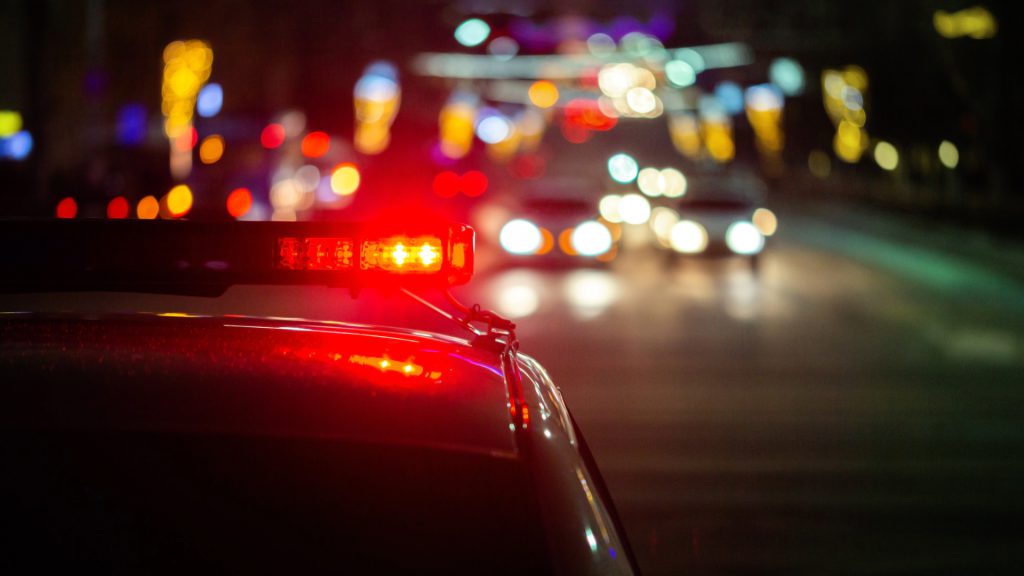
Supporters of the amendment gathered at the state capitol on Wednesday in a bid to nudge lawmakers to consider their suggestion.
0.05 Saves Lives!
“Let me be clear—.05 saves lives,” National Transportation Safety Board Leah Walton said, reported by NBC Connecticut.
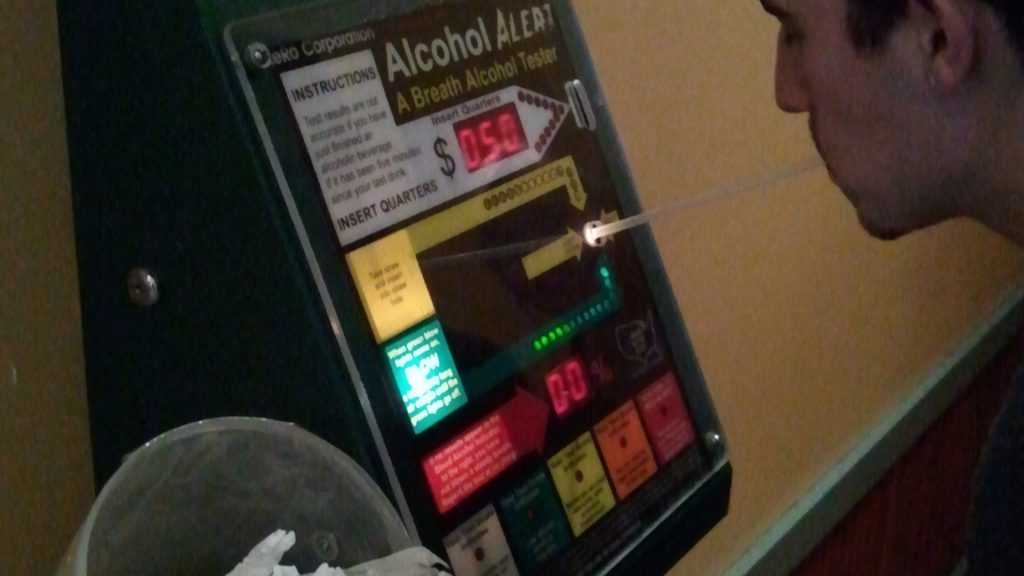
If the new bill is accepted, it would create a “driving while ability-impaired” offense for drivers with a BAC higher than 0.05 and below 0.08—instead of changing the current existing limit of 0.08
Proposed Penalties For Driving Below 0.08 Blood Alcohol Limit
Individuals caught driving below the 0.08 threshold would not be criminally charged, instead, their license would be suspended for a period of 45 days. There could be other potential penalties attached at the same time.

This follows the Hawaii state Senate’s approval of a bill to reduce the legal blood alcohol limit to 0.05 percent from 0.08 percent back in March. However, the bill didn’t get past the lower chamber and will most likely not be revisited until next year at the earliest.
Understanding The Debate: Lowering The Legal Blood Alcohol Limit In Hawaii
The Hawaii Alcohol Policy Alliance said before the change that drivers with a blood alcohol level between 0.05 and 0.079 percent are about seven times more likely to be killed in a crash than if they hadn’t had any alcohol, referring to a study from 2000.
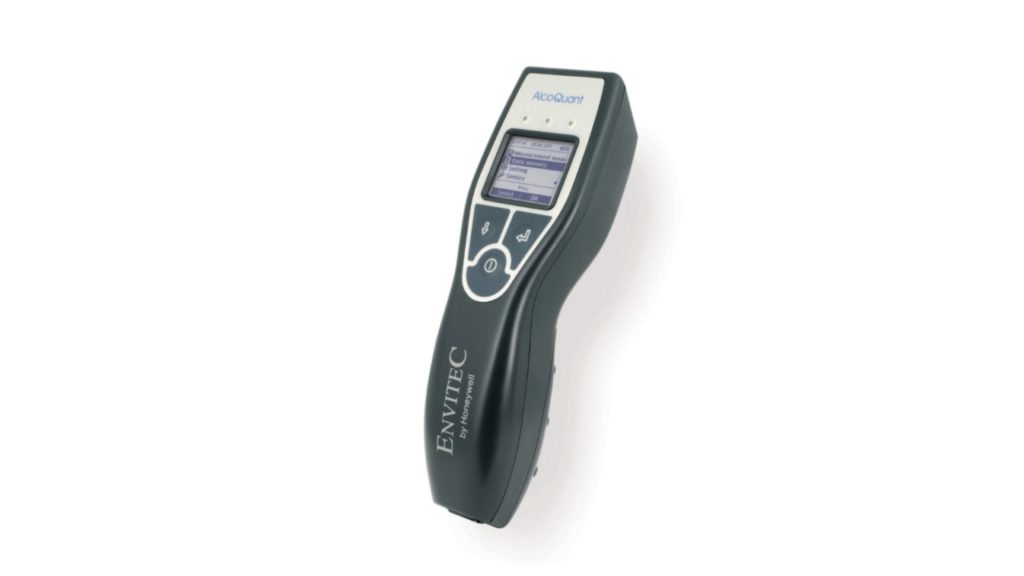
However, the Office of the Public Defender made a counterargument that drivers who cause serious crashes while drunk are usually way over the limit and don’t care about road laws.
The Real Point Of The .05 Is Deterrence
Frank Harris, director of the Mothers Against Drink Driving (MADD) group, called this argument one of the “red herrings” they’d always faced. He mentioned that when they advocated for a 0.08 limit over 30 years ago, opponents, primarily the alcohol industry, would argue that they needed to focus on the hardcore offenders rather than individuals who only consumed a few drinks.
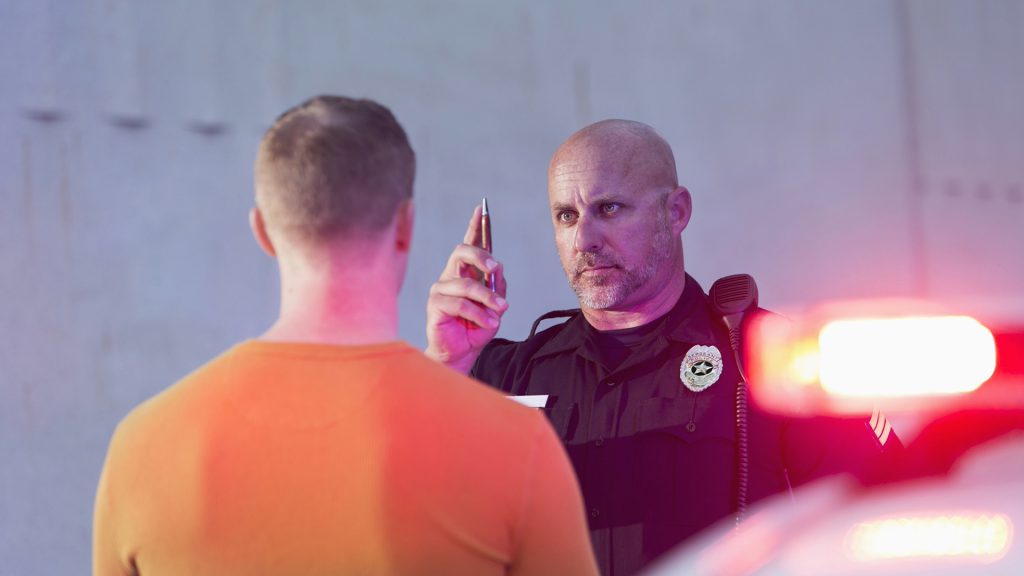
“The real point of .05 is just deterrence: that if you’re going to go out, having a good time, consuming alcohol, just plan ahead [and] don’t get behind a wheel—that’s always the safest option.”
Washington Considers Bill, Utah Approves It
Earlier this year, Washington state lawmakers were contemplating a similar bill. Though it did make the committee stage, the proposal to reduce the BAC was later dismissed.
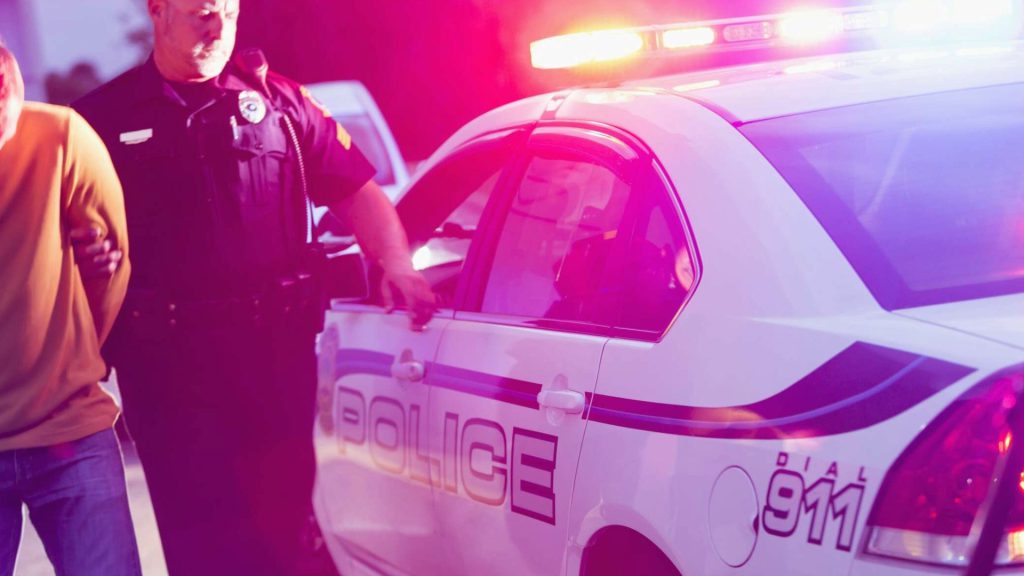
Utah on the other hand, has successfully managed to adopt the lower limit. This makes it one of the few states with a BAC limit that is below 0.08.
Public Campaigns Fail To Discourage Drunk-Driving
In 2018, Utah reduced its limit from 0.08 to 0.05 percent, citing reasons similar to those presented by advocates in Hawaii.
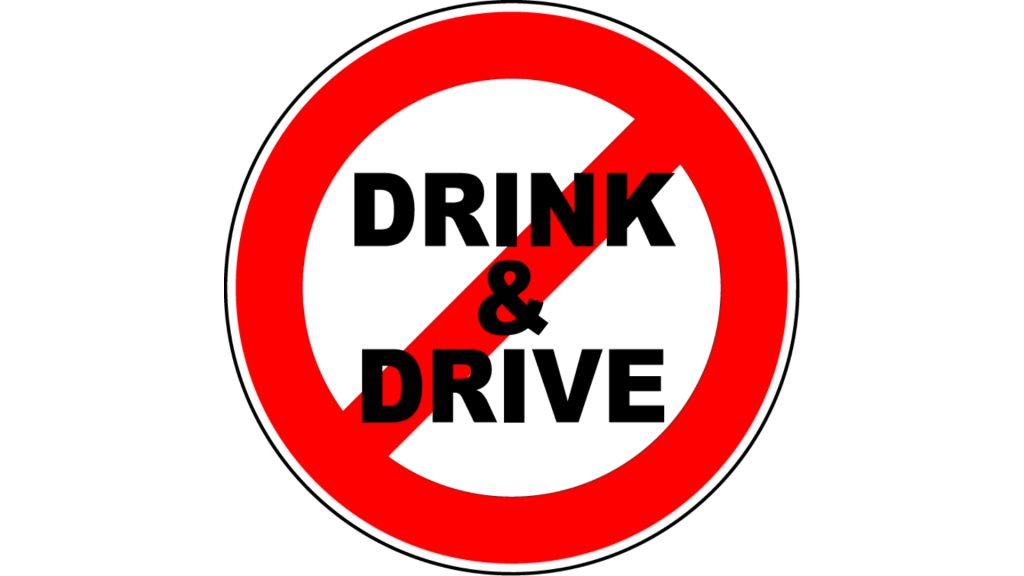
“Despite decades of public campaigns and other efforts to discourage driving after drinking, survey and observational data show that many people continue to do so,” the state’s Department of Public Safety says.
Differing Views On Traffic Safety Measures In Connecticut
But Rep. Matt Ritter (D-House Speaker) said he’s not in support of making a similar change.
“I think the federal government has set a standard, and if you’re going to do something, it’s best to do it regionally,” he said.
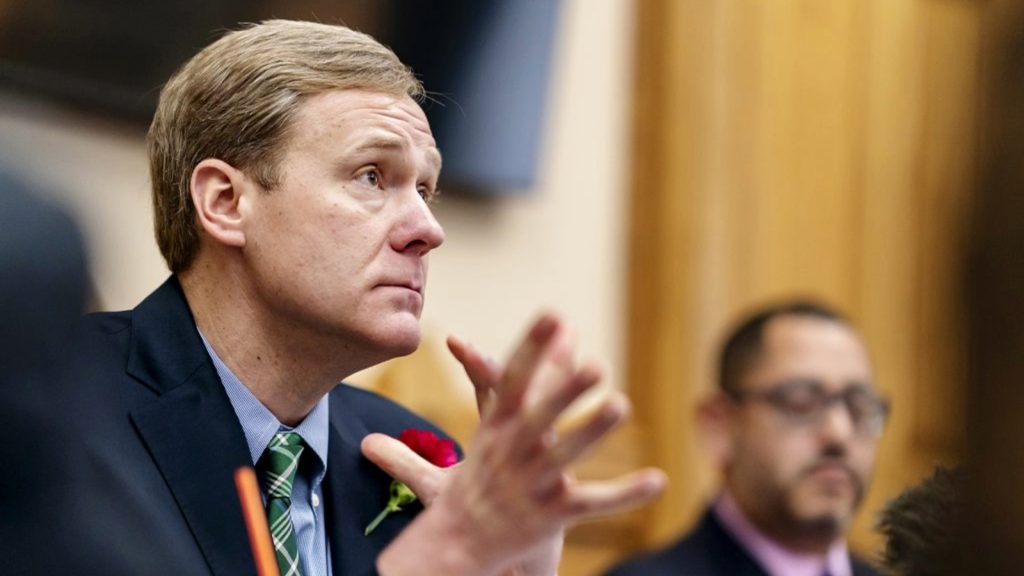
Connecticut’s Crash Data Repository shows that there have been 87 traffic deaths in Connecticut up to April 10. This is higher than the 78 deaths reported last year and adds to a general increase in recent years. Republicans suggested that efforts should target speeding and drivers who use marijuana while driving.
Split Opinions Amongst Democrats And Republicans
There appears to be a somewhat split opinion between Democrats and Republicans on the issue within their parties. Many are of the opinion that it should be made a state issue rather than a federal one.

Those against the potential new bill also argue that it would create an extra burden for law enforcement officers and this could lead to responsible drinkers having to face penalties for having two or three drinks.
The Argument In Support Of The Bill
Those in support of the bill believe that while it would not completely end road accidents due to drunk driving, it could significantly reduce the surge in drunk-driving-related deaths and make roads a lot safer.
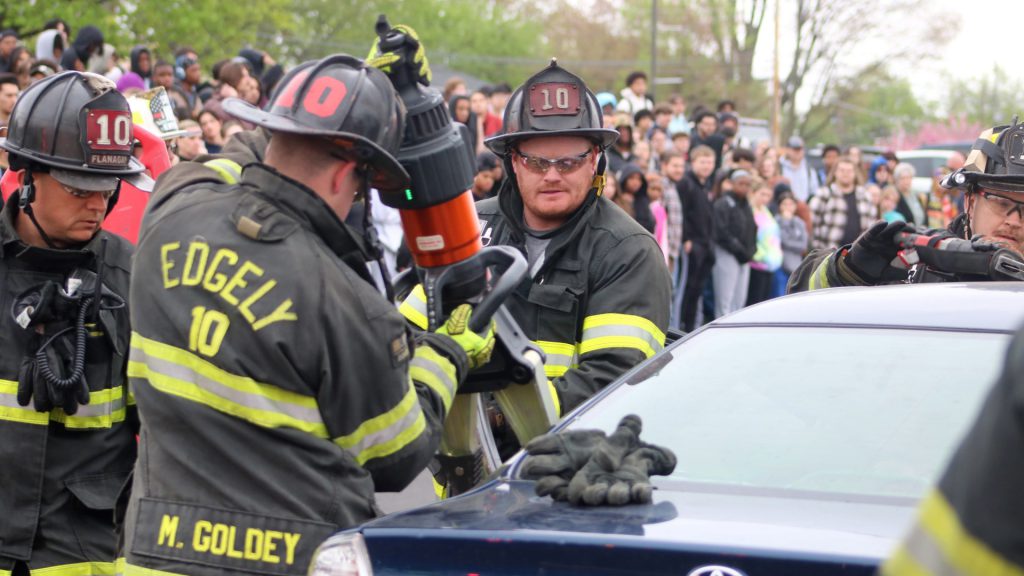
They also call attention to the fact that the lower limit is already in use in many other parts of the world, including many European countries.
Insights From Utah And Federal Recommendations
When reached out to for a comment, a spokesperson from the National Highway Traffic Safety Administration mentioned a study they did in 2022.
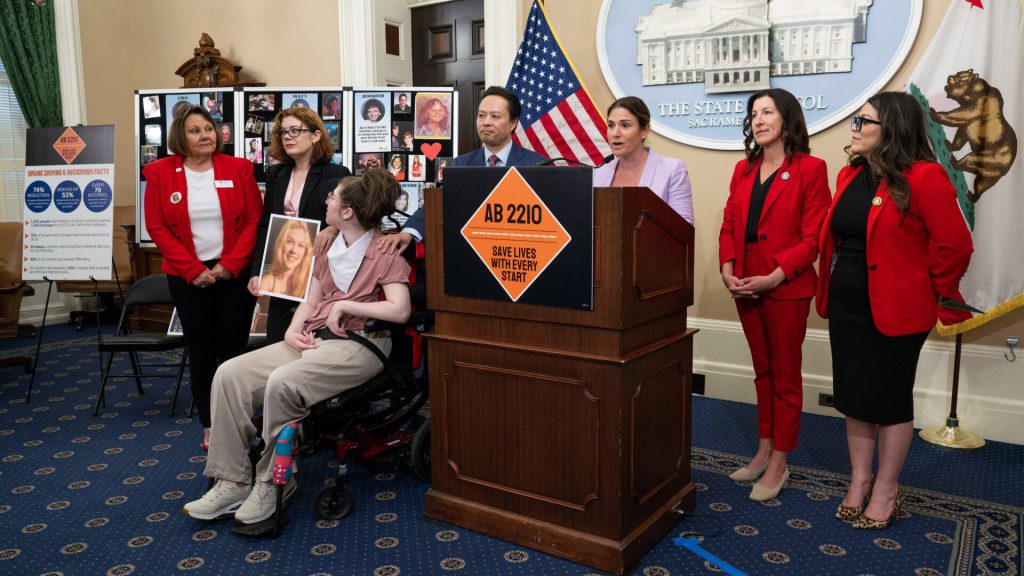
It found that in Utah, there were fewer crashes, including fewer involving alcohol after they lowered the limit. They also said that the federal agency sees lowering blood alcohol content limits as an effective way to prevent impaired driving.
Uncertainty Over Fate Of Lower Limit Bill In Other States
It remains uncertain whether the lower limit would be adopted on a broader scale.
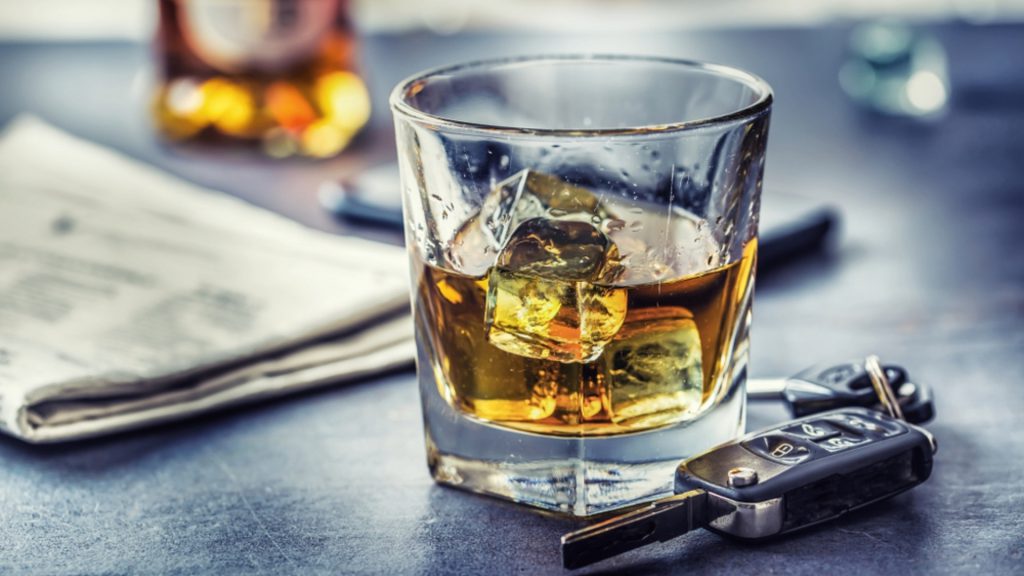
“We really hope more states will follow the model of [Utah] to enact a .05 law,” Harris said. “There hasn’t been a successful bill passage since Utah, but there’s been a lot of grassroots movement around advocating for .05.”

